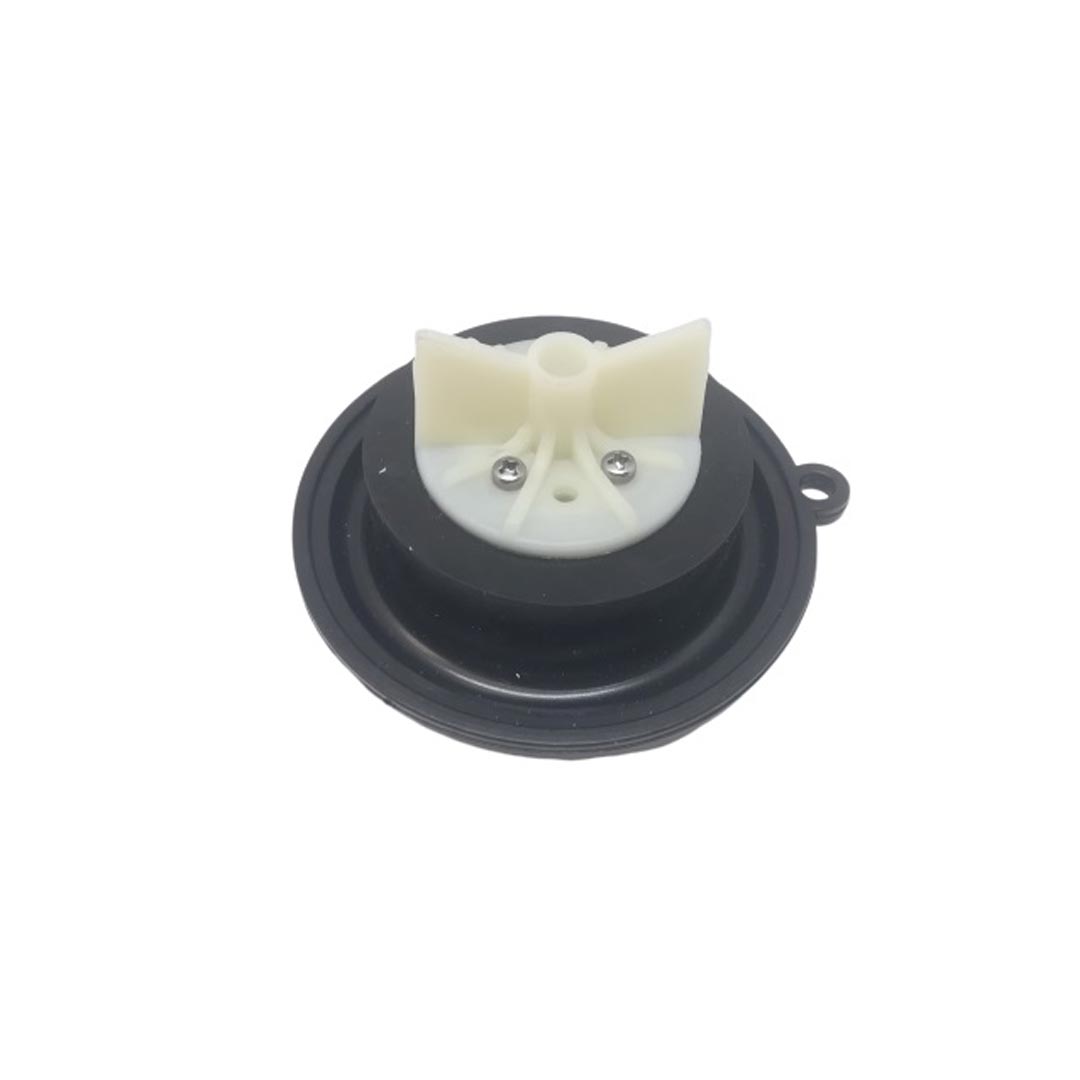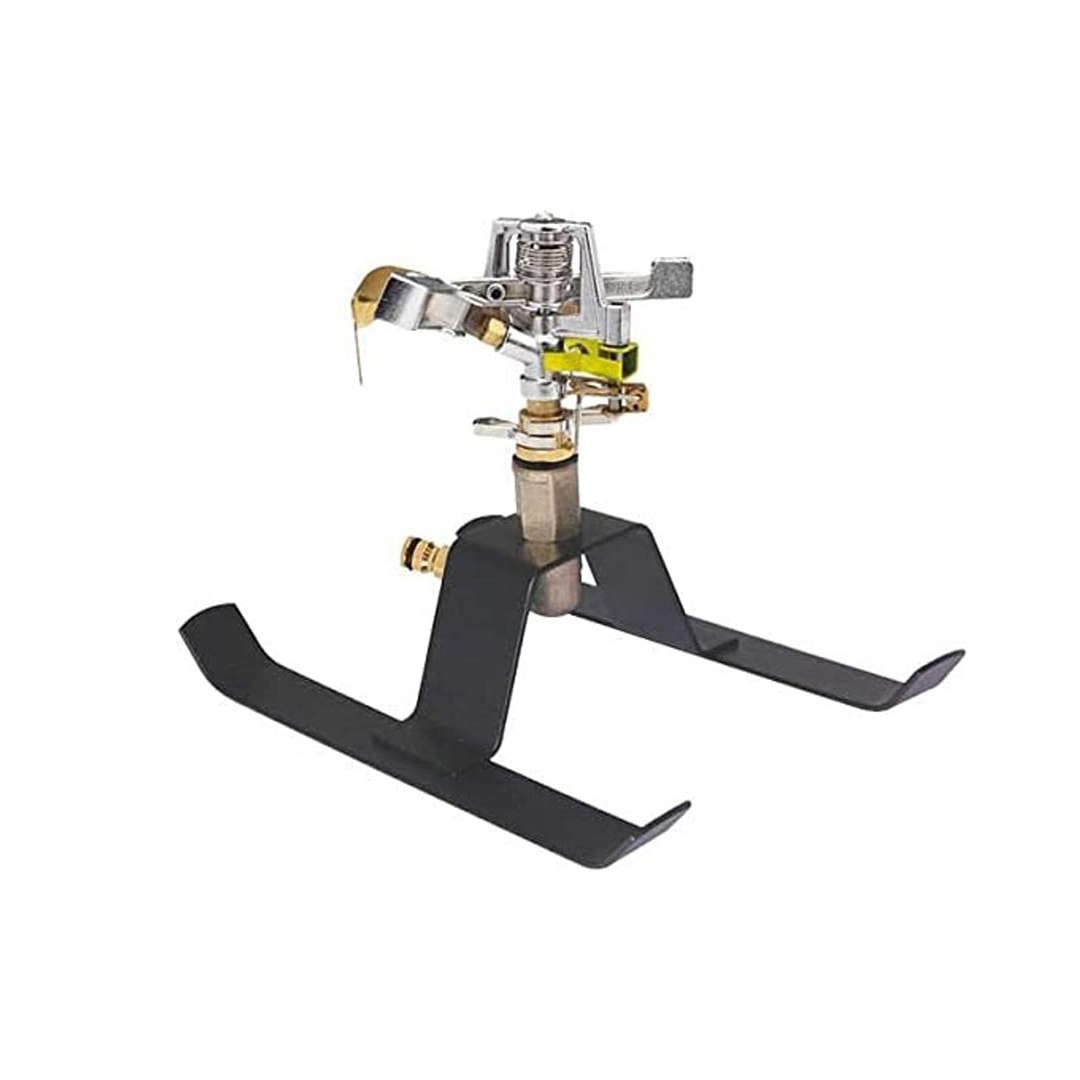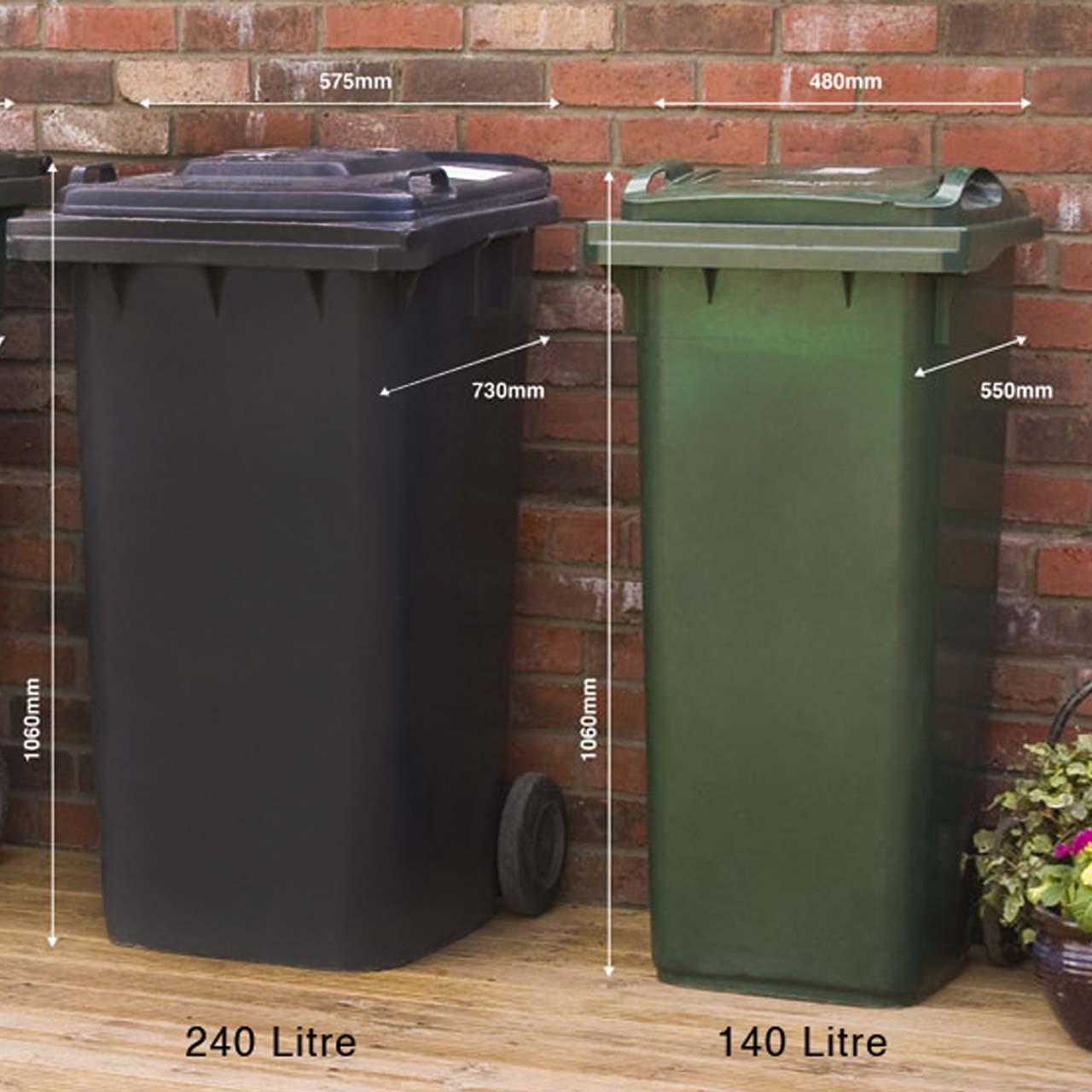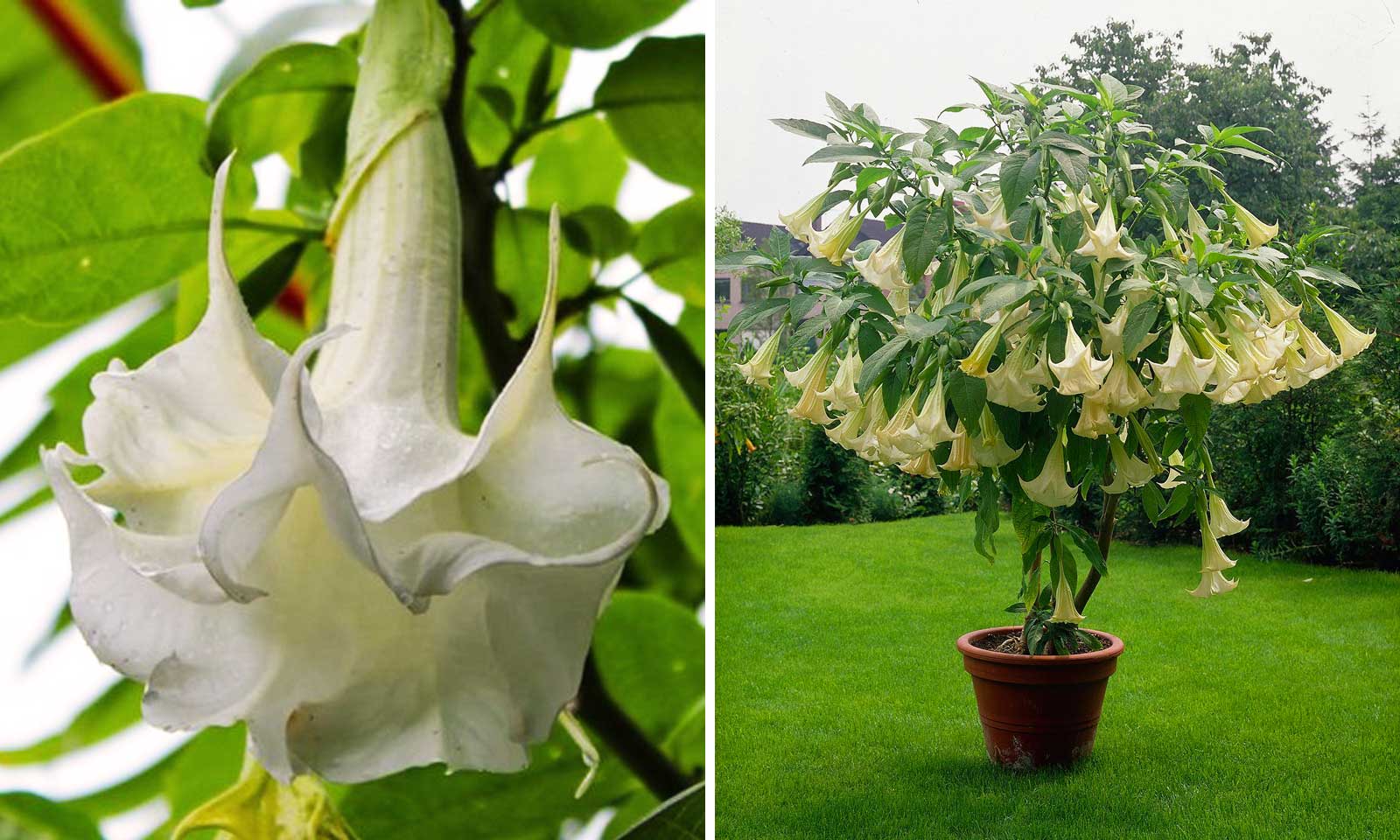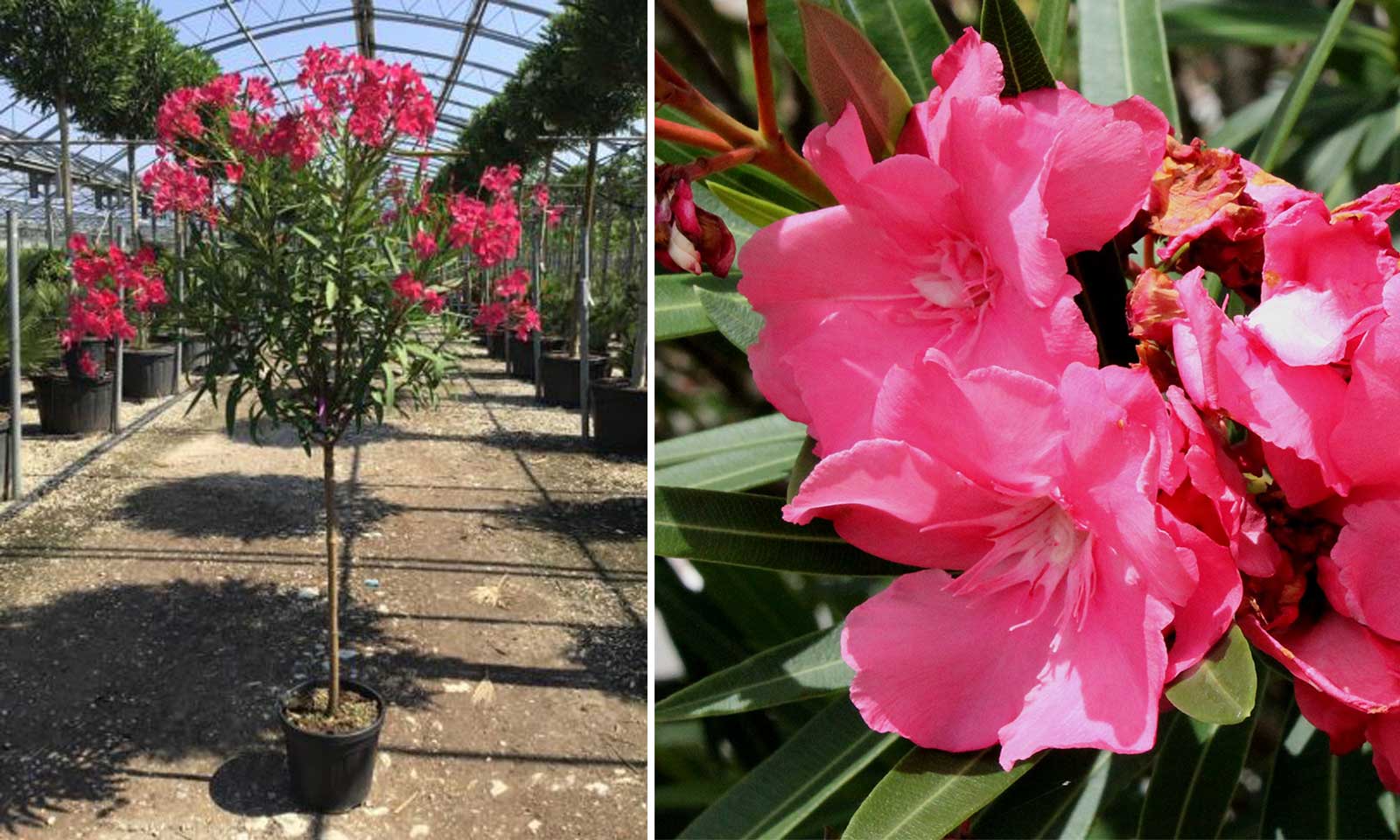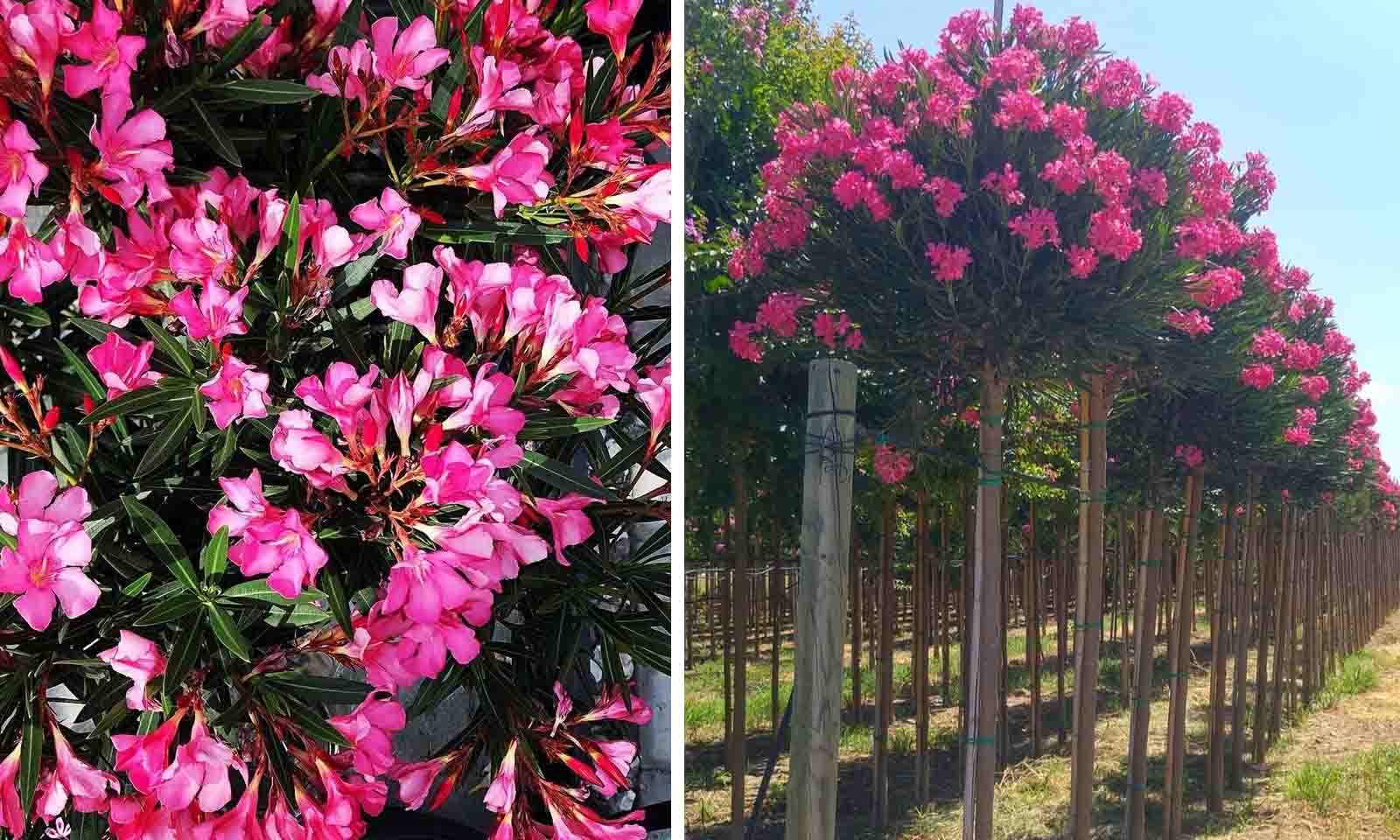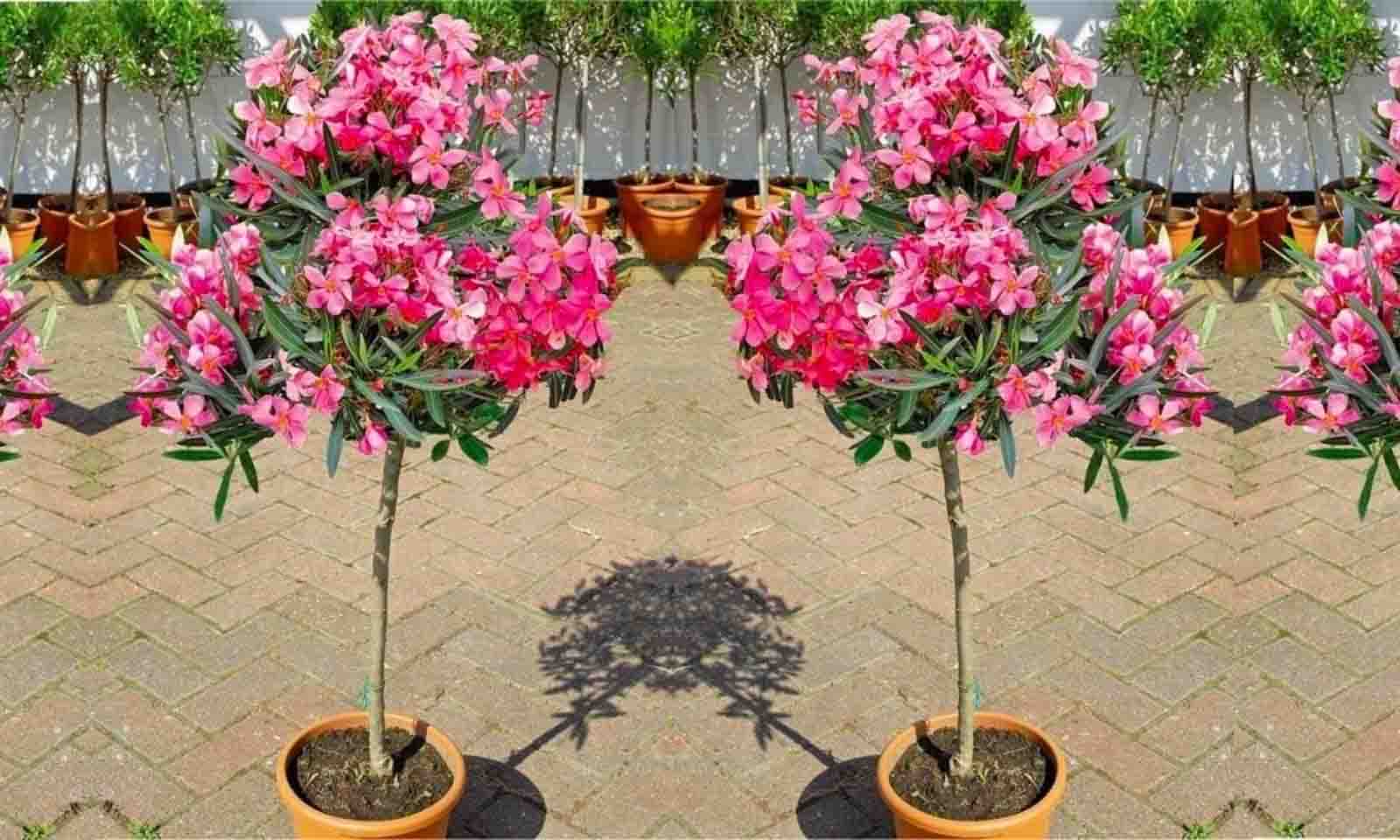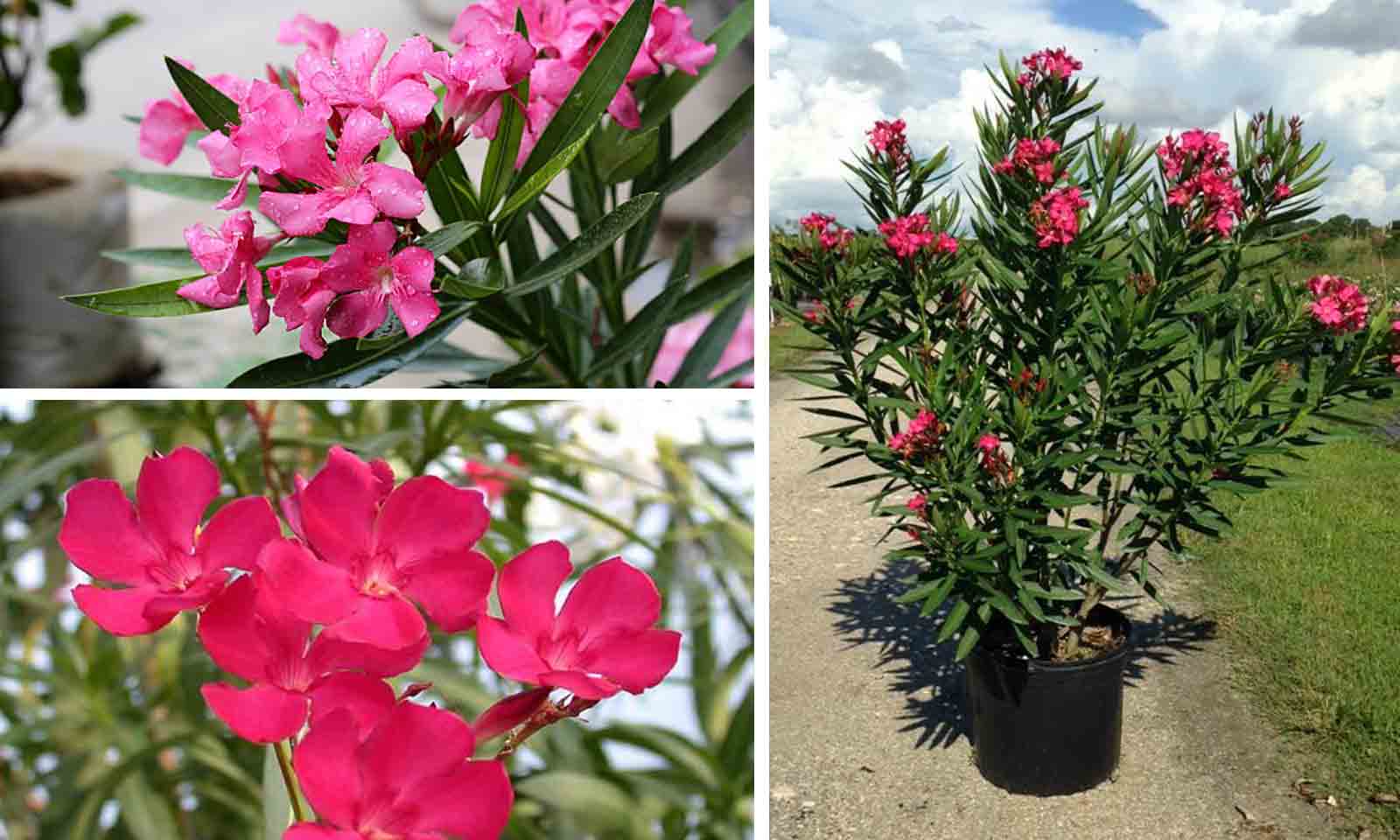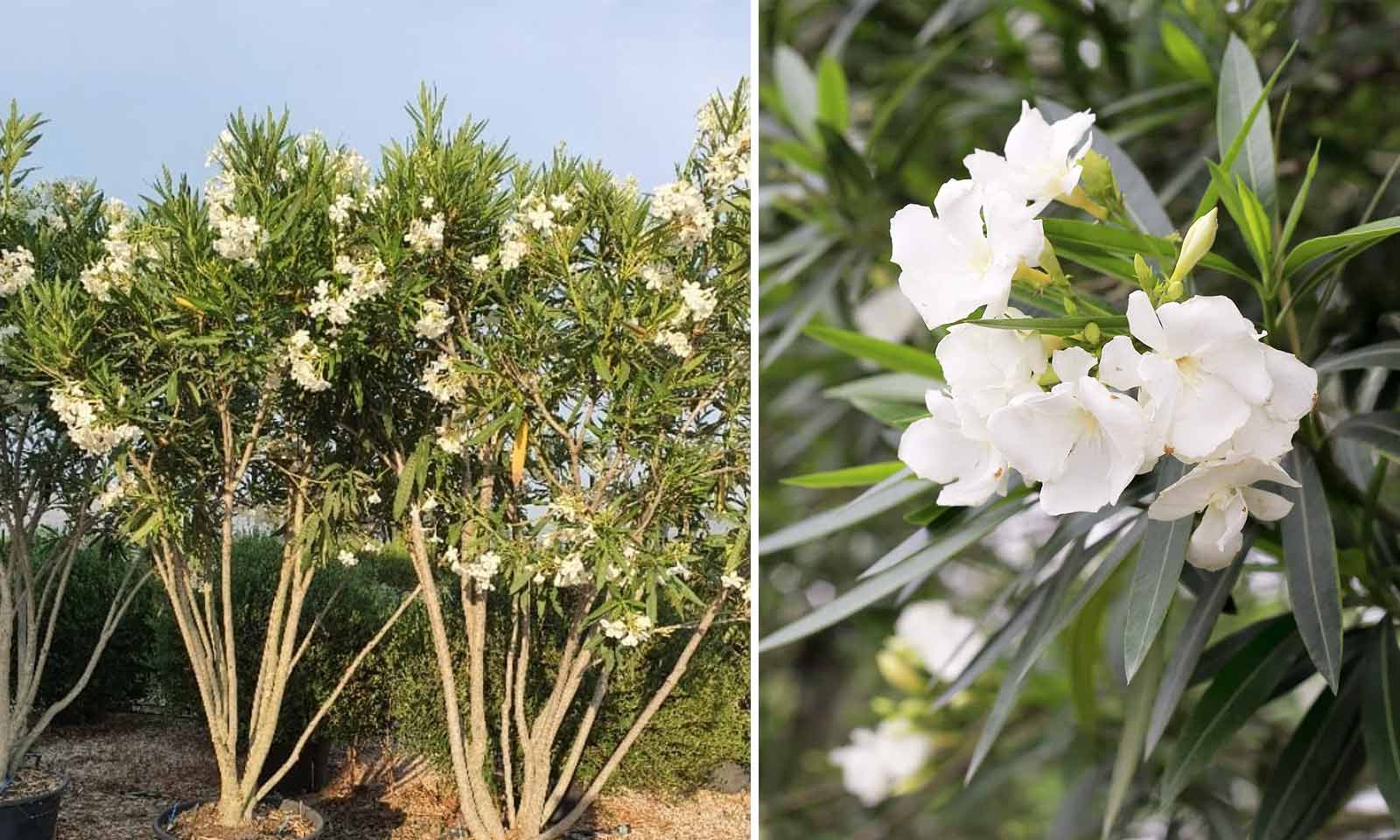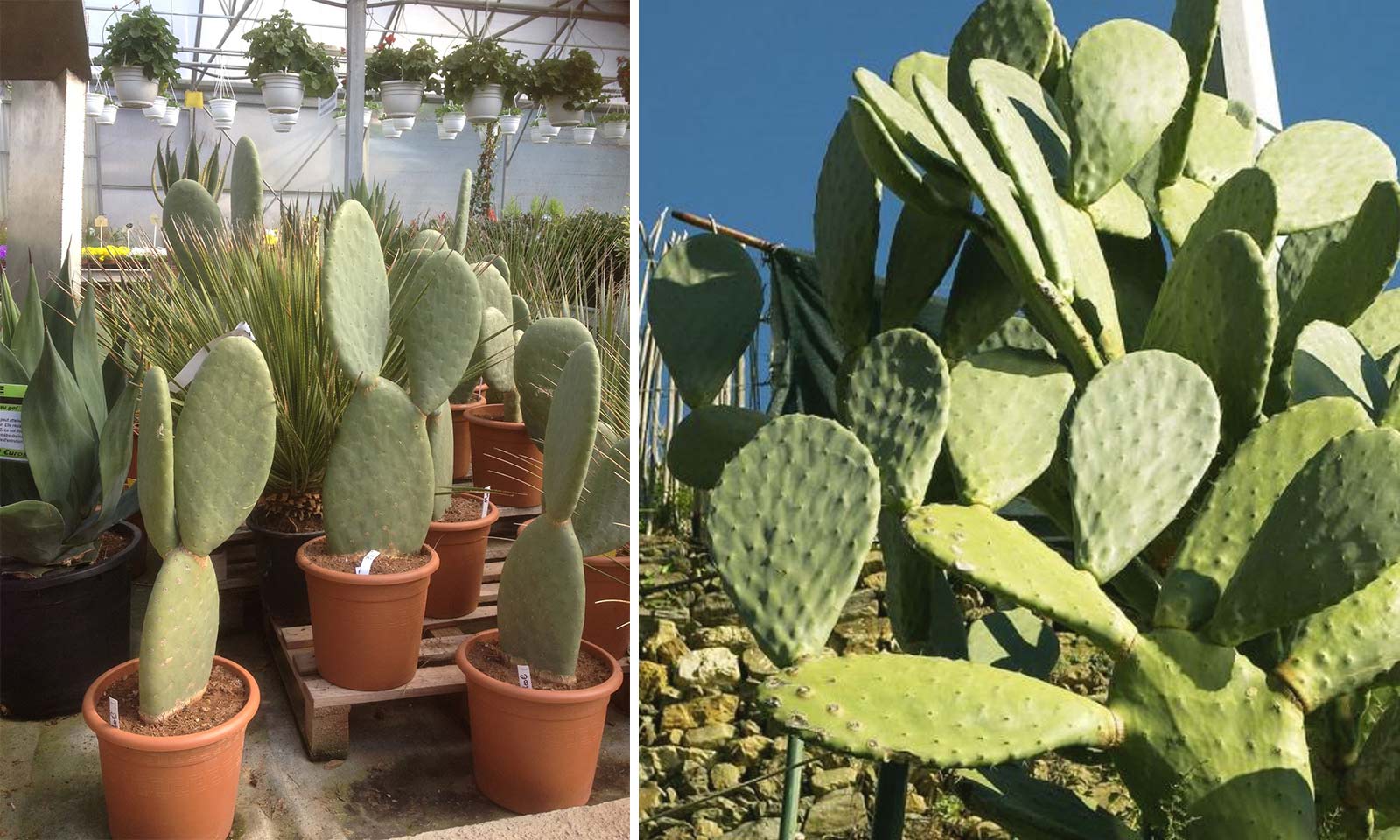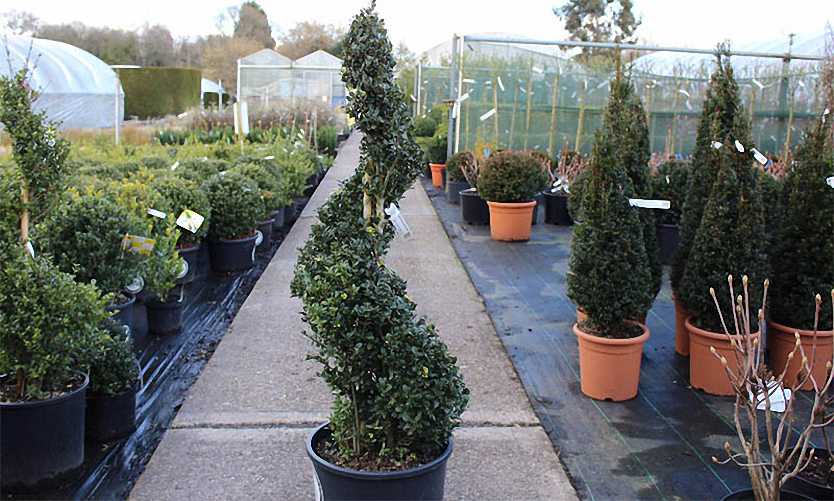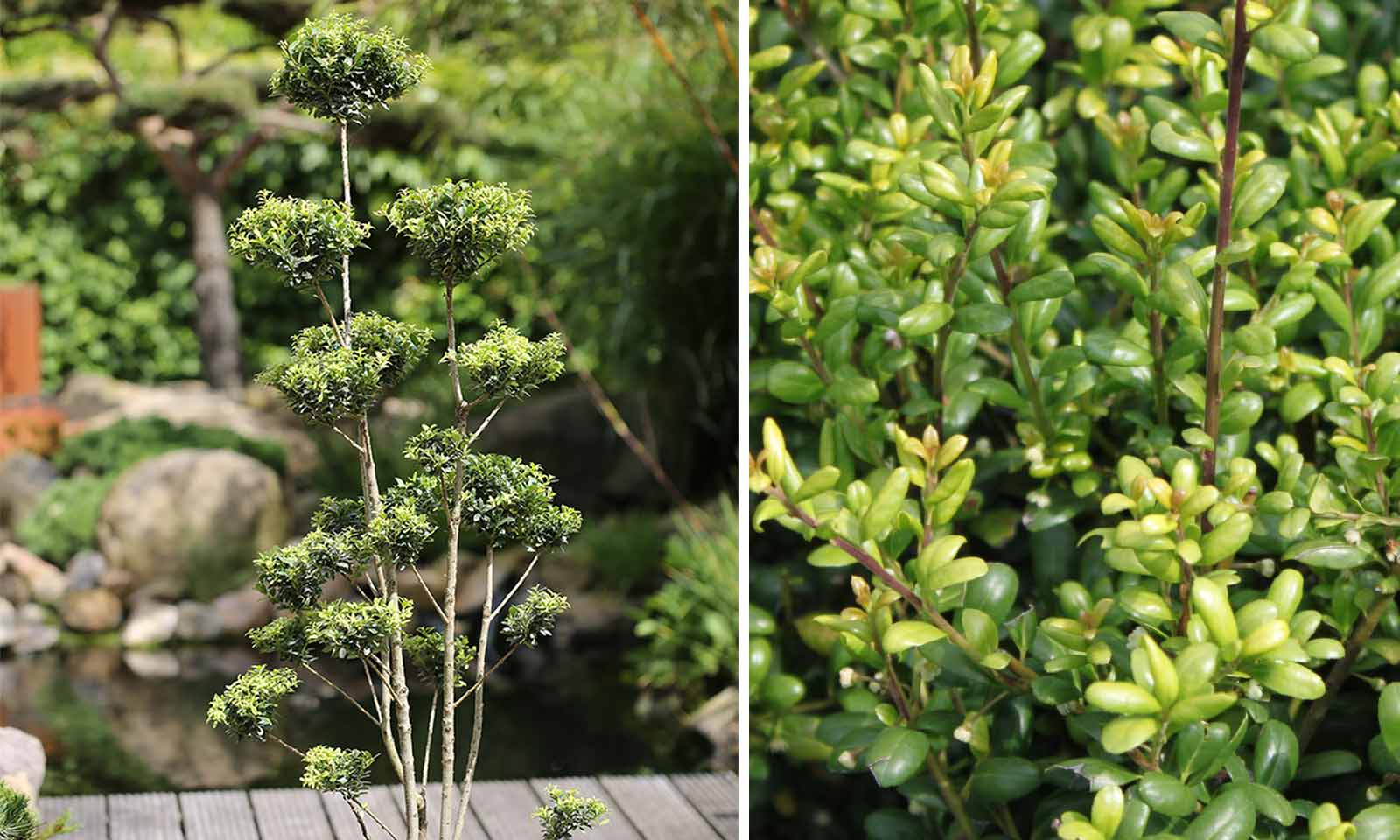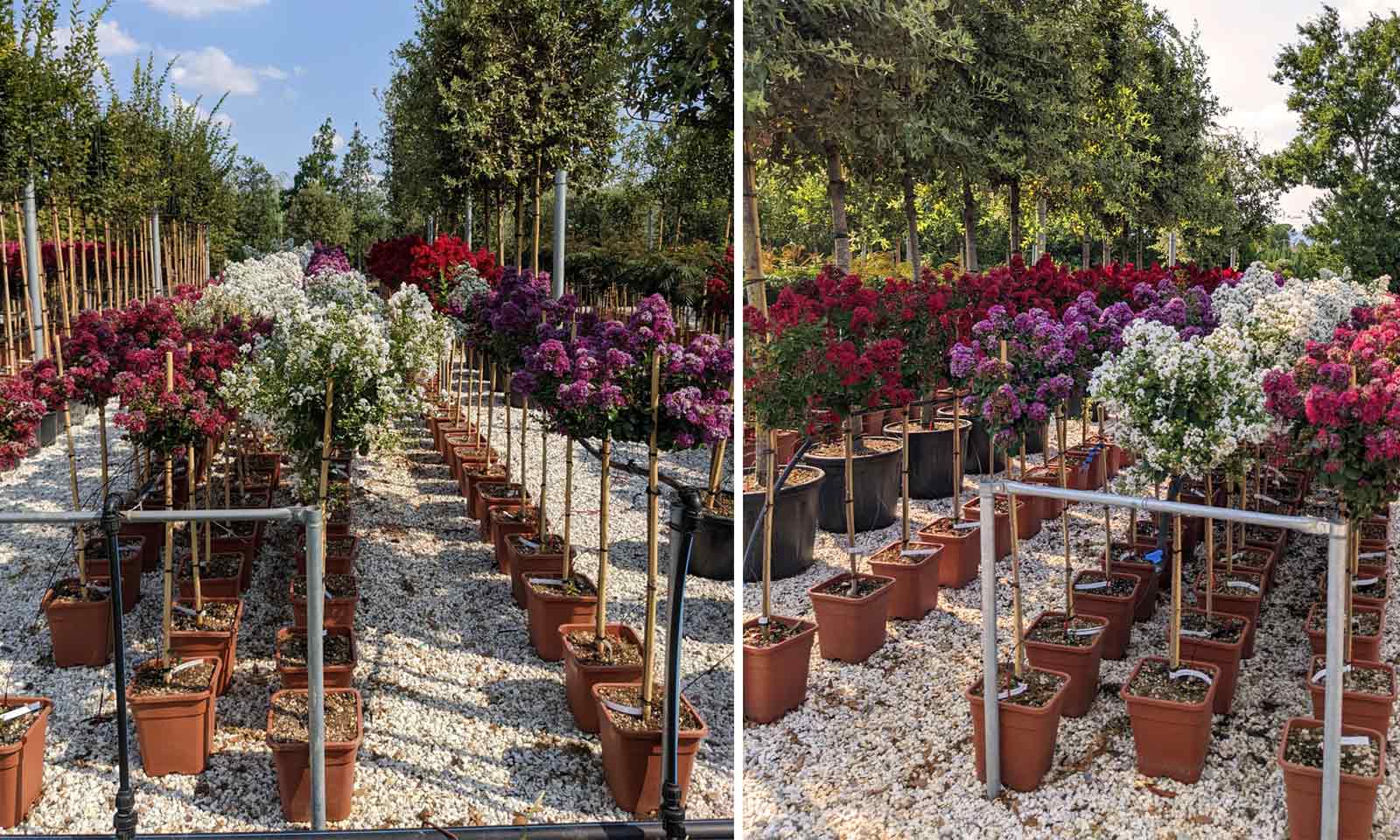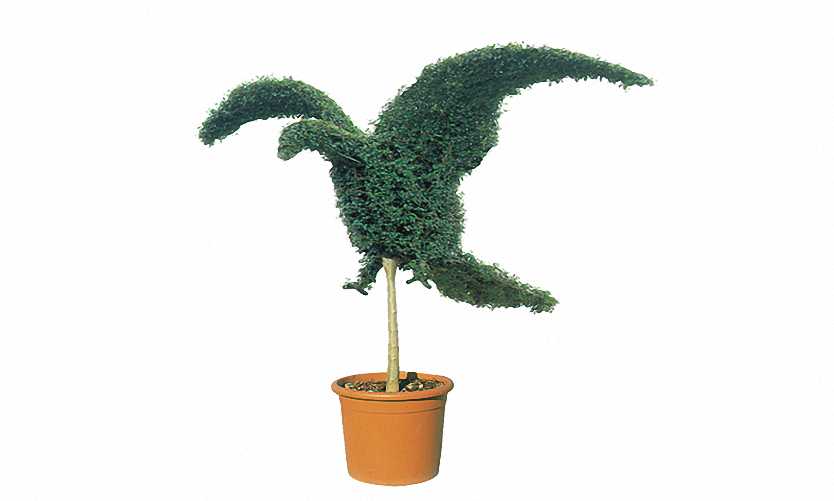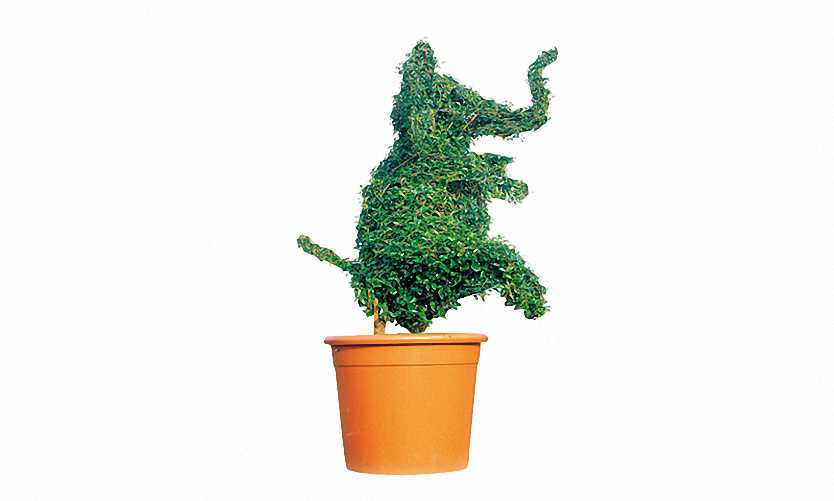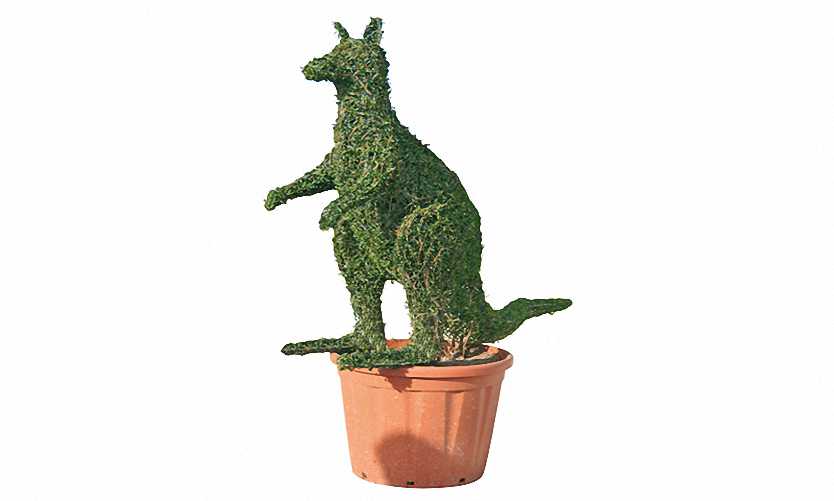Lagerstroemia Indica (Crape Myrtle) - Half-Standard
Lagerstroemia Indica is an upright, deciduous tree with dark green leaves which are bronze when young. It has colorful flowers over a long period from midsummer to fall. Flowers can come in hues of pink, red or purple. They are small - 2.5 cm in diameter, collected in 40-cm paniculate inflorescences - brushes. Each flower emerges from a bud that resembles a round berry.
Lagerstroemia is native to the Indian subcontinent, southeast Asia, northern Australia and parts of Oceania. The plant can be train to take any beautiful shape, and the branchy, winding trunk will add grace to the composition. It is ideal for making bonsai.
Latin Name: Lagerstroemia Indica
English Name: Crape Myrtle, Indian Crepe Flower
Species: Lythraceae
Foliage Type: Deciduous
Foliage: Green
Fragrance: Flower
Flower: Violet-Red
Flowering Period: Summer-Autumn
Suggested Location: Outdoor
Suggested Soil Type: Well-drained. Sand, Chalk, Loam
Suggested Exposure to Sunlight: Full Sunlight
Suggested Exposure to Weather: Sheltered
Hardiness Rating: (H3)
Lowest Temperature Tolerance: -5 °C to 1°C (23 °F to 33 °F)
Growth Habit: Bushy
Cultivation: In frost-prone areas grow against a warm, sunny wall or overwinter in a cool or temperate greenhouse. Needs a moderately fertile, well-drained soil in full sun
Propagation: Propagate by seed sown at 10°C in spring, or by softwood cuttings in late spring, or semi-ripe cuttings with bottom heat in summer
Suggested planting locations and garden types: Wall-side Borders Coastal Mediterranean Climate Plants City & Courtyard Gardens Patio & Container Plants
Pruning: Pruning group 1, but will tolerate hard pruning if needed
Pests: Mealybugs, glasshouse red spider mite and glasshouse whitefly may be a problem under glass
Diseases: Generally disease free
Delivery Cost: This is calculated based on the total size, weight and quantity of your order, as well as the location of your delivery address. You will see the final price at the Online Checkout Page (before making payment). Our website will automatically calculate the lowest possible delivery price and apply discounts to orders of certain products – giving you the best value delivery every time!
Please note that high-volume orders will decrease your delivery costs significantly by spreading the price across multiple items. Visit our Delivery Policy page for more information.


